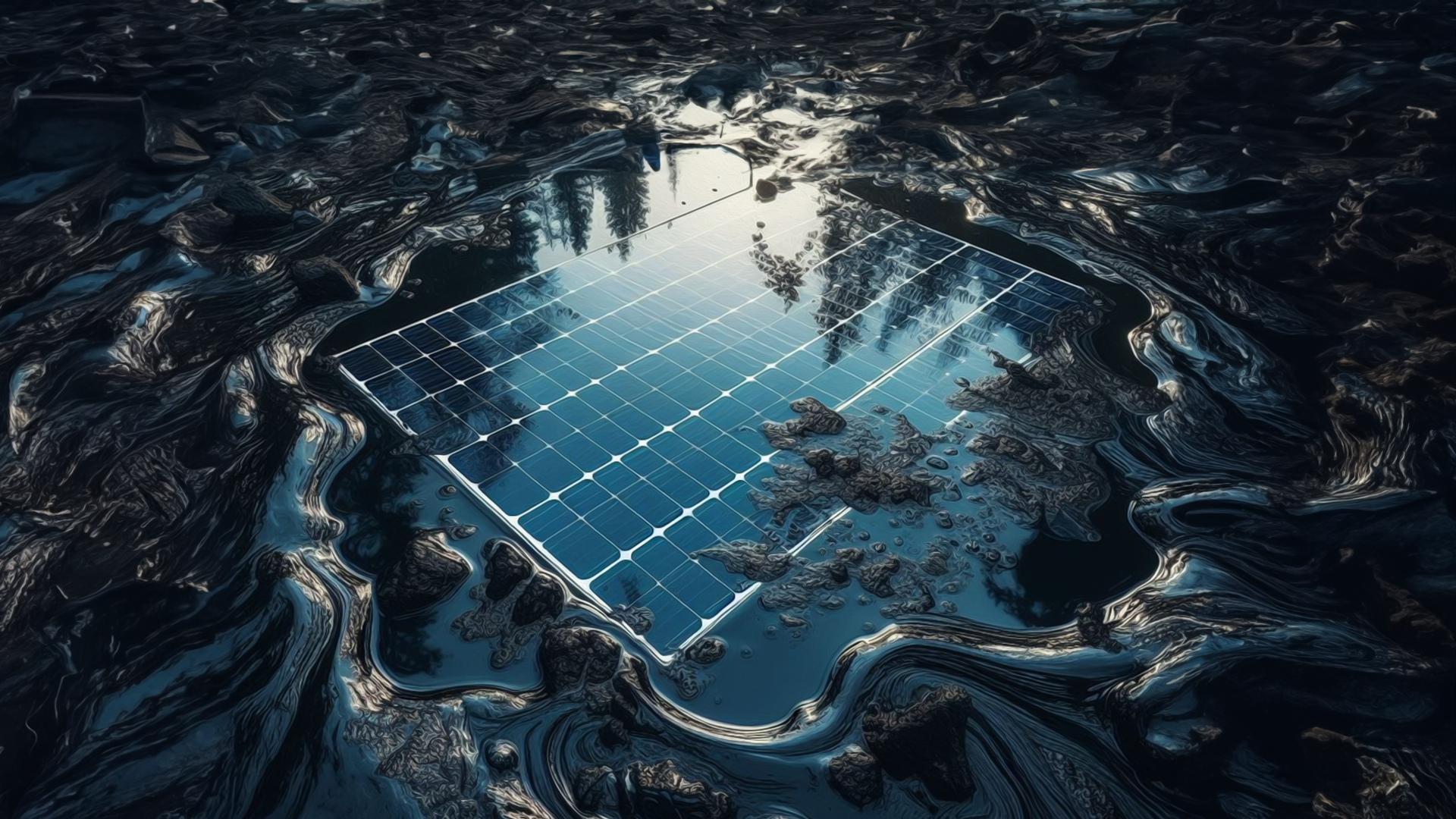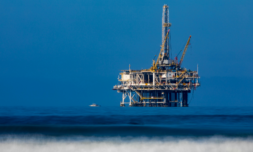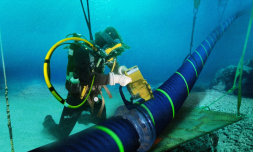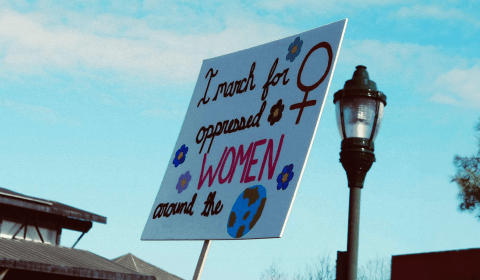The recent surge in offshore oil projects raises concerns about the possibility of achieving numerous COP28 pledges. Let’s look at the stats.
‘Deepwater is back in vogue’.
Those remarks by Pablo Medina, Head of New Ventures at Welligence, highlight the oil and gas industry’s narrow focus. It is no secret that companies in the industry view potential new oil supplies purely in terms of profit, disregarding the environment.
The pandemic and the US shale boom introduced cheaper oil sources, reducing offshore activity. Lower oil prices intensified pressure on operators to cut costs and make new projects profitable. Previous cost overruns in offshore projects also temporarily pushed deepwater projects to the industry’s sidelines.
However, the recent uptick in oil prices, demand, and new reserve discoveries has led to a surge in offshore drilling projects. This growth prompts concerns about whether the commitments made at COP28 will be honored at all.
The growing investments
ExxonMobil’s Bluefin discovery in Guyana’s Stabroek block in March adds to over 30 finds since 2015 in the 6.6 million-acre area. The area is estimated to hold more than 11 billion barrels worth of recoverable oil and gas.
In the Gulf of Mexico, an oil hotspot, a Luxembourgish company has landed a contract worth up to $500 million from Woodside Energy Group to develop the $7.2 billion Trion oil project. This project aims for an oil production capacity of 100,000 barrels per day (bpd).
Over in Namibia, Shell and TotalEnergies’ discoveries are among the biggest in Sub-Saharan African history. If proven commercially viable, the find could yield significant revenue for both Big Oil and the Namibian government, establishing them as major players in the energy market.
Yet, these discoveries and contracts are just the tip of the iceberg.
Offshore oil project investments are set to surge in the coming years, with over $200 billion in greenfield capex expected annually until 2026. This marks the highest growth in a decade, with offshore activity accounting for 68% of all sanctioned conventional hydrocarbons in 2023 and 2024, up from just 40% between 2015-2018.
Saudi Arabia, the leading oil producer is embarking on massive offshore expansion projects to boost crude production. Norway, meanwhile, showed a 22% increase in North Sea spending to $21.4 billion in 2023, while UK offshore investments rose by $7 billion in the same year.
The surge in spending will greatly benefit the offshore services market, with supply chain outlay projected to grow by 16% during 2024. This marks a decade-high annual increase of $21 billion.
As global fossil fuel demand remains strong and countries look for carbon-friendly production sources, offshore is back in the spotlight.




















